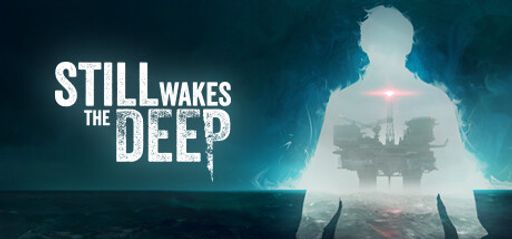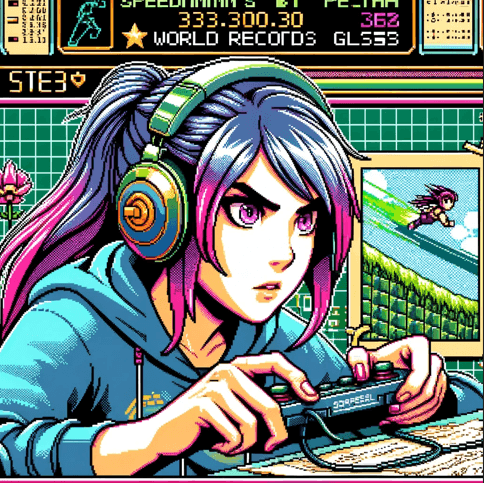 Hey everyone, have you played Still Wakes The Deep by The Chinese Room and published by Secret Mode yet? I dived straight into its six hours of gameplay, and I was impressed by its fast-paced, no-nonsense approach. The controls feel tight—essential for maneuvering difficult, storm-lashed corridors in record time. I also enjoyed the environmental cues that build tension without wasting a second. Although the gameplay sometimes feels linear, it challenges me to plan the quickest escapes and learn creature patterns quickly.
Hey everyone, have you played Still Wakes The Deep by The Chinese Room and published by Secret Mode yet? I dived straight into its six hours of gameplay, and I was impressed by its fast-paced, no-nonsense approach. The controls feel tight—essential for maneuvering difficult, storm-lashed corridors in record time. I also enjoyed the environmental cues that build tension without wasting a second. Although the gameplay sometimes feels linear, it challenges me to plan the quickest escapes and learn creature patterns quickly.
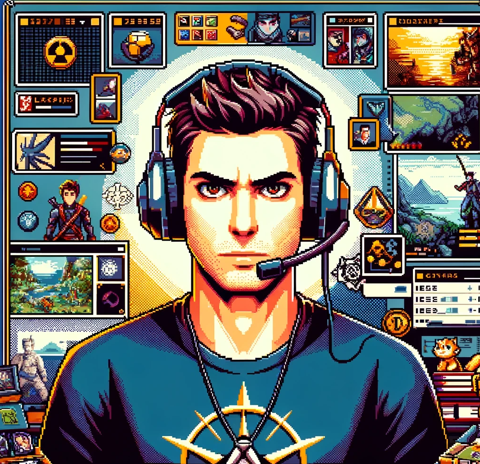 I agree, SpeedyGamer99. Still Wakes The Deep offers detailed environments that really invite exploration. The meticulous design of the 1970s oil rig, with its textured details and evolving corridors, is a treat. I spent extra time uncovering every nook and cranny. Even though some users say the game is too straightforward, I appreciate how it clarifies its intent: a focused narrative over endless distractions. The developers clearly wanted a precise story, and I respect how that decision highlights artistic visuals and consistent world-building.
I agree, SpeedyGamer99. Still Wakes The Deep offers detailed environments that really invite exploration. The meticulous design of the 1970s oil rig, with its textured details and evolving corridors, is a treat. I spent extra time uncovering every nook and cranny. Even though some users say the game is too straightforward, I appreciate how it clarifies its intent: a focused narrative over endless distractions. The developers clearly wanted a precise story, and I respect how that decision highlights artistic visuals and consistent world-building.
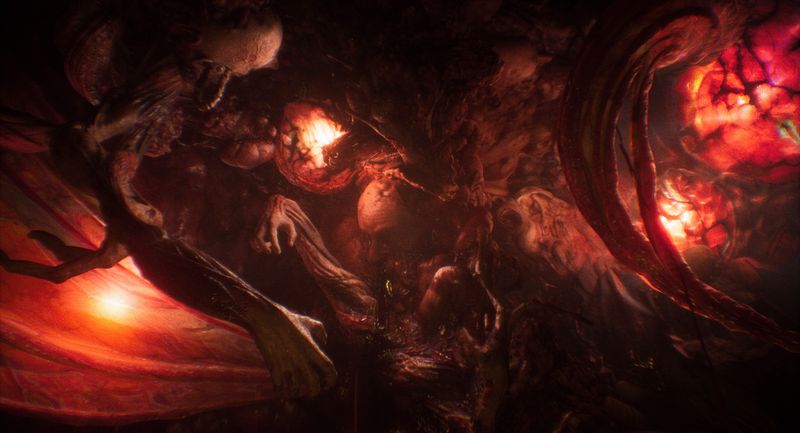
 I love that the game pulls you into a world filled with both natural and otherworldly dangers. The story hooks you right away—imagine battling nature and unearthly horrors in a ravaged oil rig on the North Sea, a setting I rarely see. The game draws you into the chaos of isolation during a disaster. It reminds me of other immersive experiences, though it leaves me wanting a little more exploration. Still, the vivid soundscape and sudden scares create a thrilling atmosphere that keeps my adrenaline pumping.
I love that the game pulls you into a world filled with both natural and otherworldly dangers. The story hooks you right away—imagine battling nature and unearthly horrors in a ravaged oil rig on the North Sea, a setting I rarely see. The game draws you into the chaos of isolation during a disaster. It reminds me of other immersive experiences, though it leaves me wanting a little more exploration. Still, the vivid soundscape and sudden scares create a thrilling atmosphere that keeps my adrenaline pumping.
 From a hardcore play perspective, I dove into the mechanics to understand every twist. The way you must hide, distract, and sprint without a weapon is a smart challenge. I compared it to survival horror titles where stealth and planning matter more than reckless aggression. The game’s deliberate pacing forces you to use wit instead of firepower. Even the quick time events add tactical moments that reward careful decision-making. I see each puzzle and creature encounter as training ground for real-time reflexes and strategy refinement.
From a hardcore play perspective, I dove into the mechanics to understand every twist. The way you must hide, distract, and sprint without a weapon is a smart challenge. I compared it to survival horror titles where stealth and planning matter more than reckless aggression. The game’s deliberate pacing forces you to use wit instead of firepower. Even the quick time events add tactical moments that reward careful decision-making. I see each puzzle and creature encounter as training ground for real-time reflexes and strategy refinement.
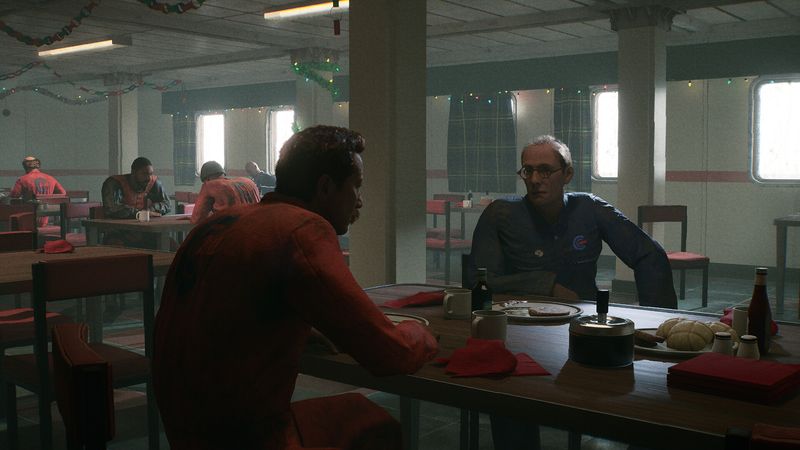
 I also appreciate the graphical polish powered by Unreal Engine 5. The visual storytelling really works for me when I combine speedrunning with aesthetics. The storm, the rig’s decay, and eerie lighting feel almost cinematic while I’m beating my best run times. Yes, the game sometimes struggles with performance on certain systems, but the overall effect remains impressive.
I also appreciate the graphical polish powered by Unreal Engine 5. The visual storytelling really works for me when I combine speedrunning with aesthetics. The storm, the rig’s decay, and eerie lighting feel almost cinematic while I’m beating my best run times. Yes, the game sometimes struggles with performance on certain systems, but the overall effect remains impressive.
 Visually, the game is a masterpiece in its own right. The design choices, from the muted color palette to realistic lighting and weather effects, present an authentic 1970s vibe. I found every detail carefully crafted, even if that means the game is more linear than some players expect. I appreciate the artistic vision that The Chinese Room is known for, balancing narrative depth with high-quality visuals.
Visually, the game is a masterpiece in its own right. The design choices, from the muted color palette to realistic lighting and weather effects, present an authentic 1970s vibe. I found every detail carefully crafted, even if that means the game is more linear than some players expect. I appreciate the artistic vision that The Chinese Room is known for, balancing narrative depth with high-quality visuals.
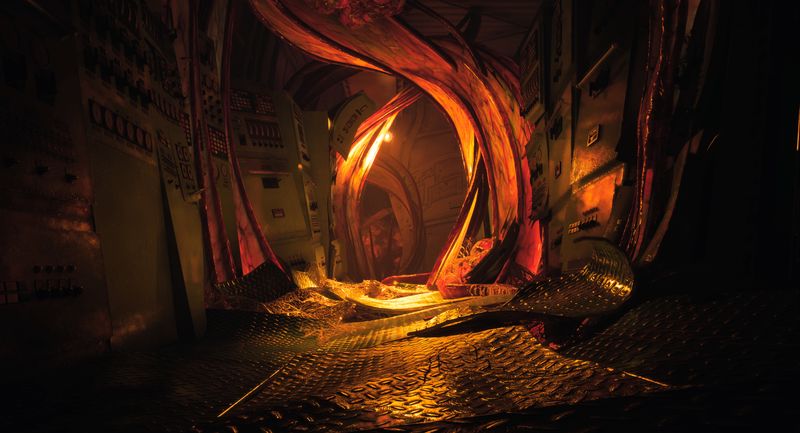
 The audio elements deserve a shoutout too. The soundtrack, composed by Jason Graves, intensifies every moment on the rig. From subtle creaks in the corridors to the chilling sound effects of that unknowable creature, the sound design sends shivers down my spine. I often replay sections to catch every eerie note and background whisper that enrich the story.
The audio elements deserve a shoutout too. The soundtrack, composed by Jason Graves, intensifies every moment on the rig. From subtle creaks in the corridors to the chilling sound effects of that unknowable creature, the sound design sends shivers down my spine. I often replay sections to catch every eerie note and background whisper that enrich the story.
 And let’s talk about the voice acting. The star-studded cast, including Alec Newman and Neve McIntosh, truly bring the characters to life. Their performances add weight to the survival story as you navigate the rig. The dialogue is clear, and every character interaction feels meaningful. This greatly enhances the overall narrative and helps players make tough decisions while under duress.
And let’s talk about the voice acting. The star-studded cast, including Alec Newman and Neve McIntosh, truly bring the characters to life. Their performances add weight to the survival story as you navigate the rig. The dialogue is clear, and every character interaction feels meaningful. This greatly enhances the overall narrative and helps players make tough decisions while under duress.
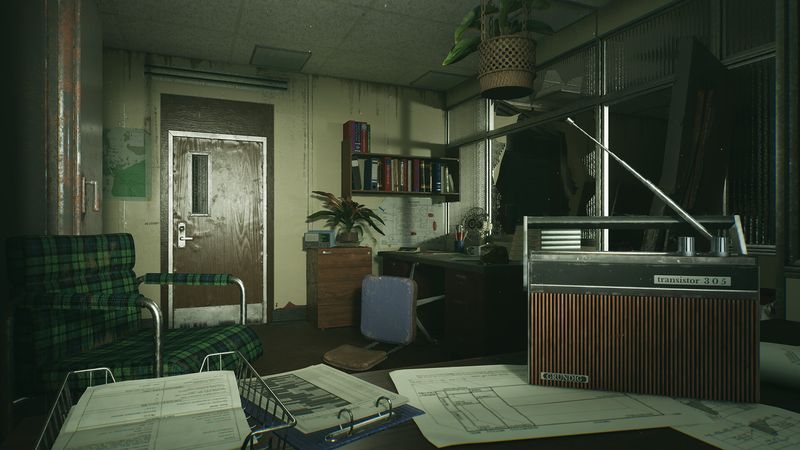
 The challenge level is interesting. There aren’t endless puzzles to solve, but every encounter tests your survival limits under pressure. Quick reactions and smart route choices keep the tension high. The game strikes a balance between heart-pounding chases and careful stealth as you plan your fastest escape from the rig.
The challenge level is interesting. There aren’t endless puzzles to solve, but every encounter tests your survival limits under pressure. Quick reactions and smart route choices keep the tension high. The game strikes a balance between heart-pounding chases and careful stealth as you plan your fastest escape from the rig.
 I see the challenge as more a test of nerve and meticulous observation. Although the gameplay leans toward a walking simulator with horror elements, the intricacy of details and collectible lore add depth. Players who love digging into every corner and uncovering secret story fragments will enjoy revisiting parts of the rig to spot things they missed on earlier playthroughs.
I see the challenge as more a test of nerve and meticulous observation. Although the gameplay leans toward a walking simulator with horror elements, the intricacy of details and collectible lore add depth. Players who love digging into every corner and uncovering secret story fragments will enjoy revisiting parts of the rig to spot things they missed on earlier playthroughs.
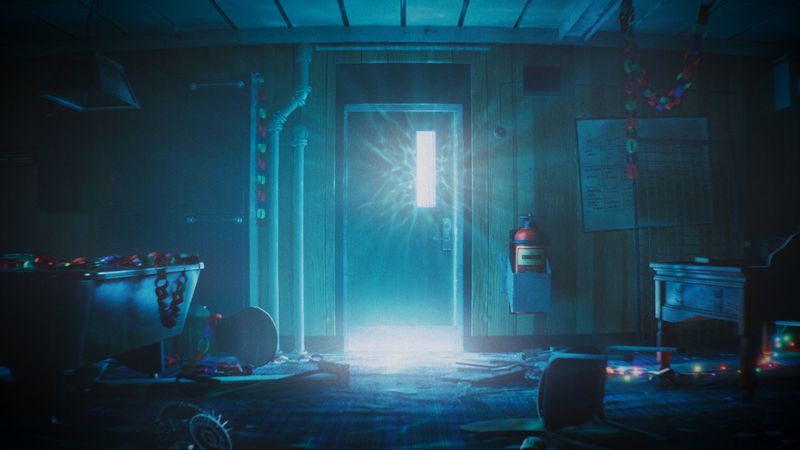
 Replay value could be better if the game offered branching choices. Still, every run reveals new atmospheric details and hidden references in the rig. I imagine future titles might add more exploration pathways. For now, the focused narrative provides a memorable, though singular, experience.
Replay value could be better if the game offered branching choices. Still, every run reveals new atmospheric details and hidden references in the rig. I imagine future titles might add more exploration pathways. For now, the focused narrative provides a memorable, though singular, experience.
 Final thoughts? Still Wakes The Deep stands out with its blend of fast-paced survival horror action and deliberate storytelling. It clearly marks The Chinese Room’s return to first-person narrative horror. Its strengths lie in its concise, well-crafted design and memorable audio-visual presentation. The game may not have endless replayability features, yet its artistic vision and challenging mechanics make it a must-experience title.
Final thoughts? Still Wakes The Deep stands out with its blend of fast-paced survival horror action and deliberate storytelling. It clearly marks The Chinese Room’s return to first-person narrative horror. Its strengths lie in its concise, well-crafted design and memorable audio-visual presentation. The game may not have endless replayability features, yet its artistic vision and challenging mechanics make it a must-experience title.
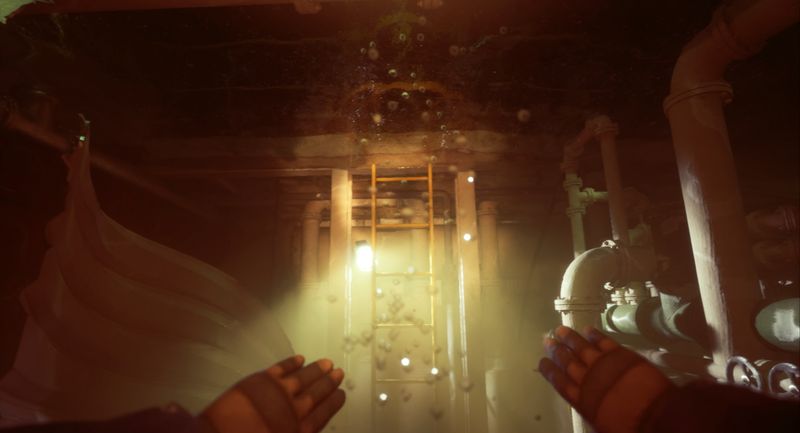
 In short, this game is a solid mix of speedrunning challenge and atmospheric horror. It rewards quick reactions and deep appreciation for stellar visuals and sound design.
In short, this game is a solid mix of speedrunning challenge and atmospheric horror. It rewards quick reactions and deep appreciation for stellar visuals and sound design.
 I appreciate the attention to detail and story that leaves room for reflection. I look forward to seeing more hidden secrets on future playthroughs.
I appreciate the attention to detail and story that leaves room for reflection. I look forward to seeing more hidden secrets on future playthroughs.
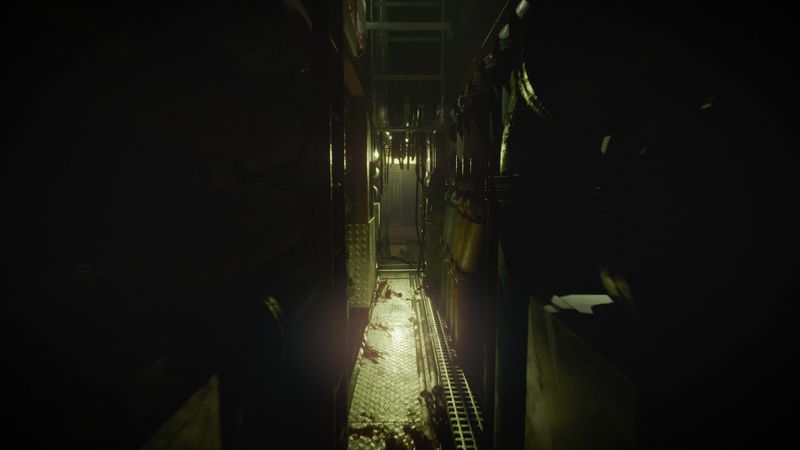
 Its immersive disaster story and unconventional horror elements keep it exciting. I recommend giving it a try if you love tight, narrative-driven adventures.
Its immersive disaster story and unconventional horror elements keep it exciting. I recommend giving it a try if you love tight, narrative-driven adventures.
 And for those who love a challenge with strategic gameplay, its intense survival moments are hard to beat. I’d say it’s a unique addition to the genre.
And for those who love a challenge with strategic gameplay, its intense survival moments are hard to beat. I’d say it’s a unique addition to the genre.
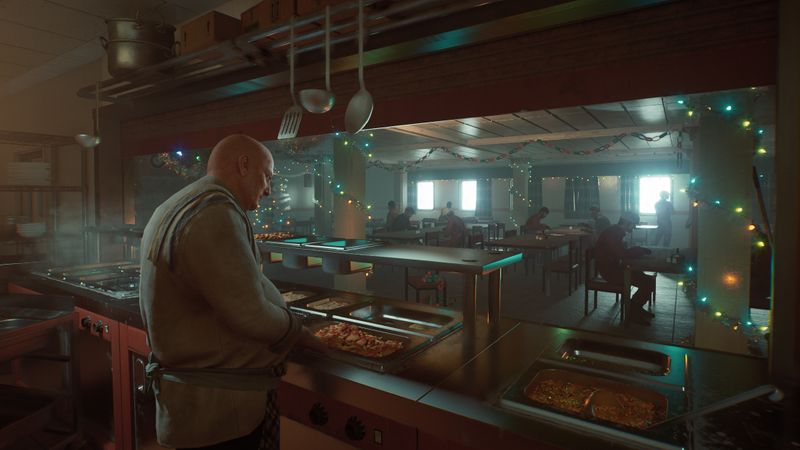
 For gamers who enjoy Still Wakes The Deep, I recommend trying Outlast, an intense survival horror set in an asylum with terrifying chases. Amnesia: The Dark Descent is a classic that builds suspense and fear through clever puzzles and unsettling storytelling. SOMA offers an eerie underwater journey with thought-provoking narrative twists. Finally, Alien: Isolation provides a masterclass in stealth and tension in a sci-fi horror setting. Each of these games delivers unique challenges and immersive experiences that fans of narrative-driven horror will appreciate.
For gamers who enjoy Still Wakes The Deep, I recommend trying Outlast, an intense survival horror set in an asylum with terrifying chases. Amnesia: The Dark Descent is a classic that builds suspense and fear through clever puzzles and unsettling storytelling. SOMA offers an eerie underwater journey with thought-provoking narrative twists. Finally, Alien: Isolation provides a masterclass in stealth and tension in a sci-fi horror setting. Each of these games delivers unique challenges and immersive experiences that fans of narrative-driven horror will appreciate.

